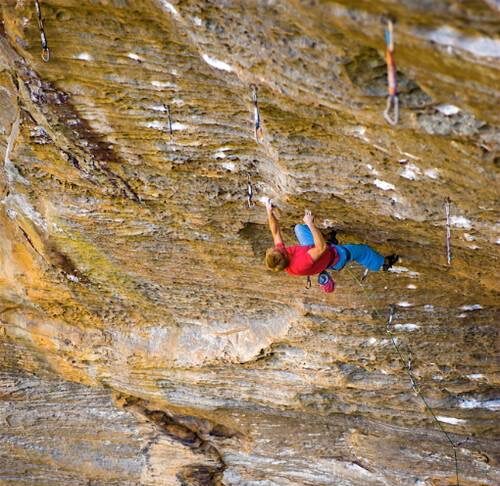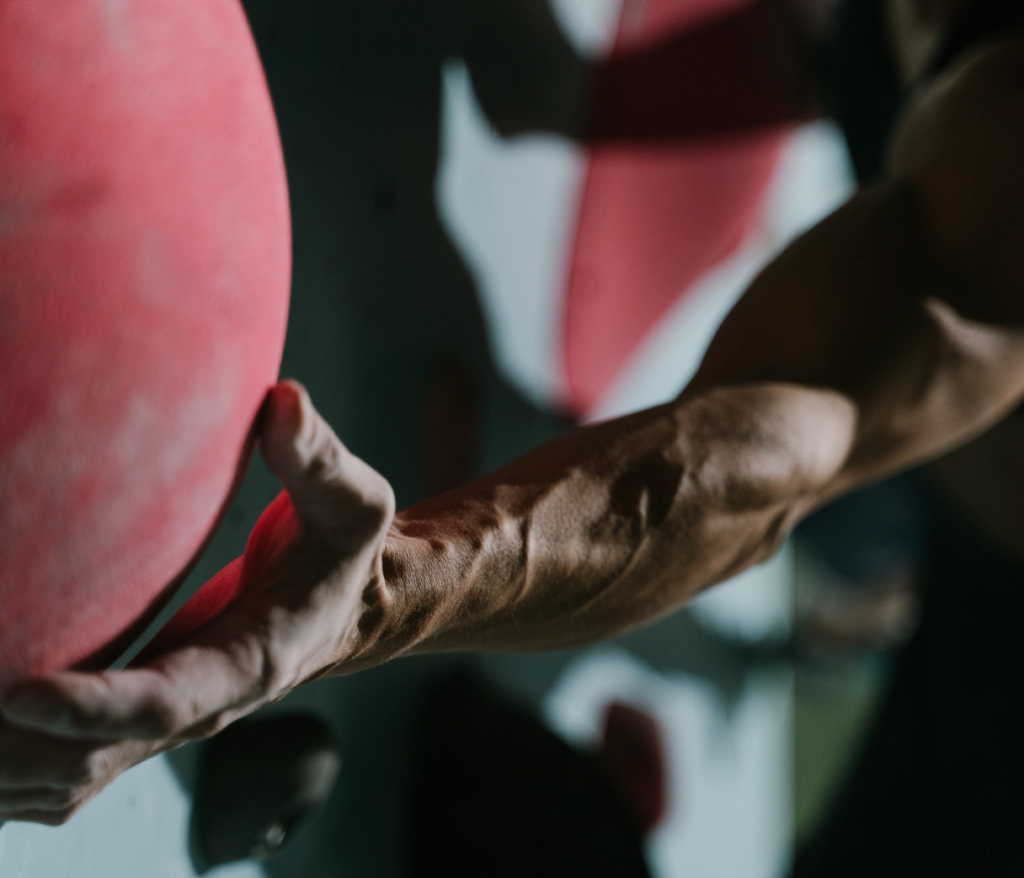Research
Evidence-based approaches to training, nutrition, and injury management.
Finger Pulley Injuries
Current literature recommends that conservative treatment take place for all but multiple concomitant pulley injuries. There is an even smaller amount of data that suggests conservative management as the modality of choice in all pulley injuries.
What the data also shows is that the vast majority of patients who undergo complete pulley ruptures will regain climbing strength in an average of eight months duration. Most of these individuals will not only regain their police strength but have reported increase in red point level.
Metabolic Demands of Rock Climbing
Using CGM as a proxy for glucose metabolism
Recently multiple sports teams and individual athletes have begun using CGM (continuous glucose monitoring) as a proxy for managing their real time blood glucose. This allows the athlete to have a real time fuel gauge and understand the parameters of both diet/nutrition and performance metrics.
It has been understood that glucose levels are very individualized. One’s subjective “readiness” and performance outcomes are also very nuanced and can be optimized through the use of CGM.
Glycogen Utilization in the Forearms
Glycogen utilization throughout the lower extremity has been studied extensively in both endurance running, sprinting, and cycling. Invasive techniques such as muscle biopsy have been used extensively to study glycogen utilization in these sports.
Recently noninvasive technique such as my ultrasound and cMRI have been used to approximate glycogen utilization throughout the lower extremity. Using the pixelation and real time imaging that ultrasound employees has given researchers a quicker and more applicable estimation of glycogen utilization.
Optimal Training Protocols in Climbing
Over the decades multiple training modalities have been experimented with and the optimal training solution has widely been thought to be some form of periodization. It is unquestionable that periodization as a form of training works, however due to the rigorous demands of climbing periodization can be quite challenging and complex.
The difficult part about climbing, especially red point sport climbing, comes down to the three energy systems that a climber needs to succeed. The anaerobic alactate system, the anaerobic lactate system, and the aerobic system.

Are you interested in the science behind climbing?
Be a part of our ongoing scientific research on climbing and contribute to the development of best practices for injury prevention, recovery, nutrition, and training.





